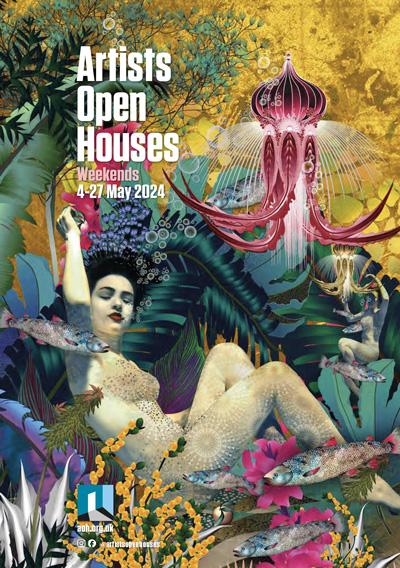
What is an Accessible Event?
An accessible event is when participants with disabilities are also able to take part in all activities and are able to get results from being present.
The Disability Discrimination Act 1995 (DDA), has now given disabled people equal rights to attend, to participate in and to enjoy events. Reasonable adjustments to the service (in this case the event), should be made to make it accessible for disabled people.
As most Open Houses are private homes, some of the guidelines below may not directly apply to your venue, but by reading the suggestions you will gain some ideas of how to make your Open House more welcoming to disabled visitors.
Problems encountered by disabled and elderly people at a non-accessible event
Blind and partially sighted people often have problems with finding their way around a venue. Physical barriers, confusing layout of buildings and outdoor areas, combined with disturbing noises and other sensual impressions may yield uncertainty and difficulty in moving about independently. Access for blind and partially sighted participants is not only about physical access to buildings but also includes access to written information.
The problem for hearing impaired participants is often the poor acoustics of the venue and additional noise such as the scraping of chairs. Also, poor lighting can affect the ability of lip reading.
Participants with physical disabilities often have a problem with the physical surroundings having barriers, therefore making it difficult to move about the venue.
The problem for participants with learning and cognitive disabilities is often with understanding the many forms of information – verbal, written and graphical – available at an event.
Recommendations
The following are key features that are common to most events:
- Clear circulation spaces and accessible areas for events:
- Corridors and reception areas should be obstacle free. If there are any obstacles these should be clearly highlighted, and corridors and doorways must be wide enough for wheelchair user
- All event rooms on one floor, or ramps and/or lifts available for the numbers of people to move between rooms within the time available.
- There should be enough room to allow for movement around tables and chairs.
- A range of moveable seating, with and without arms/cushions/high backs, adjustable seat heights and tables which are accessible to wheelchair users. These should be arranged to allow sufficient space for wheelchair users and others to move around easily and to sit where they choose.
At the Event
Be welcoming and assist people if needed.
Clear simple signs will help people get to the event rooms.
Let people know about housekeeping at the beginning of the event. Tell people where the toilets, fire exits etc are.
Remind venue staff to look out for things going wrong ie. bags on the floor etc.
Some people will need individual help ie. do not just point to exits, give a description of how to reach them.
Photographs
If photographs are to be taken or participants videoed during the event, people must be asked at the beginning if they mind. Explanation given of what the photographs will be used for. Some participants may be sensitive to flash photography.
Introduce organisers so that people know who to ask for if they need help.
When dimming the lights for a presentation, make sure people can still see their supporter.
